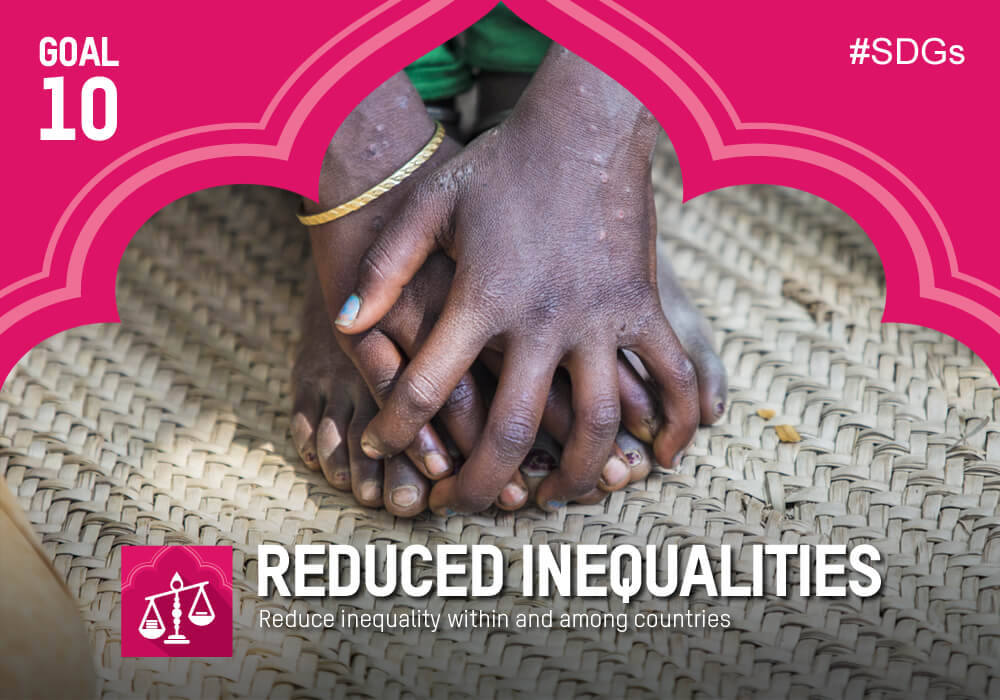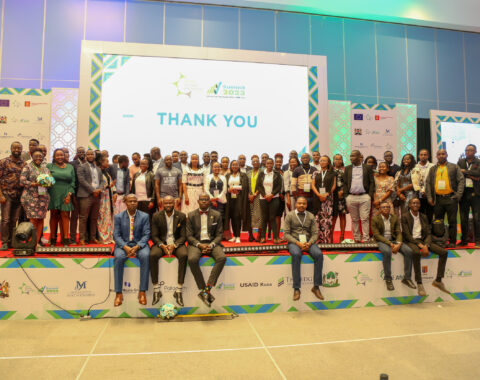
Inequalities in Kenya are manifested in different forms. Differences in income and social status are observed across regions, gender and even specific segments of the population. According to World Bank, the gap between the rich and the poor in Kenya is one of the biggest in Africa.
Currently, 62% of the Kenya’s National wealth is controlled by less than 10,000 people. According to Kenya National Bureau of Statistics (KNBS), the northern part of the country has lowest income inequality. For instance, Turkana has 0.28%, Wajir 0.321% and Mandera 0.332%. The coastal regions especially Tana River, Kilifi and Kwale have the highest income inequality in the country at 0.617%, 0.597% and 0.565% respectively using the Gini coefficient.
Income inequality in the coastal region is linked to historical injustices where large tracts of land were allocated to nonresidents, leaving the locals as squatters. This inequality has led to severe poverty in the region leading the squatters to live impoverished lifestyles with minimal access to basic amenities such as schools and healthcare facilities. This has also led to increased levels of insecurity in those areas due to high unemployment rates especially in urban areas.
Businesses have a role to play in reducing marginalization since income inequality starts at the work place. For instance, according to the World Economic Forum, the Chief Executive Officers (CEOs) receive salaries which are seven times higher than the other employees in lower cadres.
Corporate executives can encourage the employees in lower cadres to participate in buying company stocks at a discount. This will benefit the staff financially and also act as a performance incentive.
Businesses can also address inequalities by starting initiatives like apprenticeship schemes targeting the poor and marginalized communities in the country. Companies can also provide attractive wages to interns so that their family income does not deter them from gaining work experience.
Reducing income inequality is crucial. According to World Economic Forum, the current huge gap between the poor and the rich in Africa will cause enormous economic damage in the future. Therefore, urgent measures should be put in place to achieve Sustainable Development Goal 10 on reducing inequalities. These widening disparities require the adoption of sound policies to empower the bottom of the pyramid income earners in order to promote economic inclusion of all regardless of sex, race or ethnicity.












